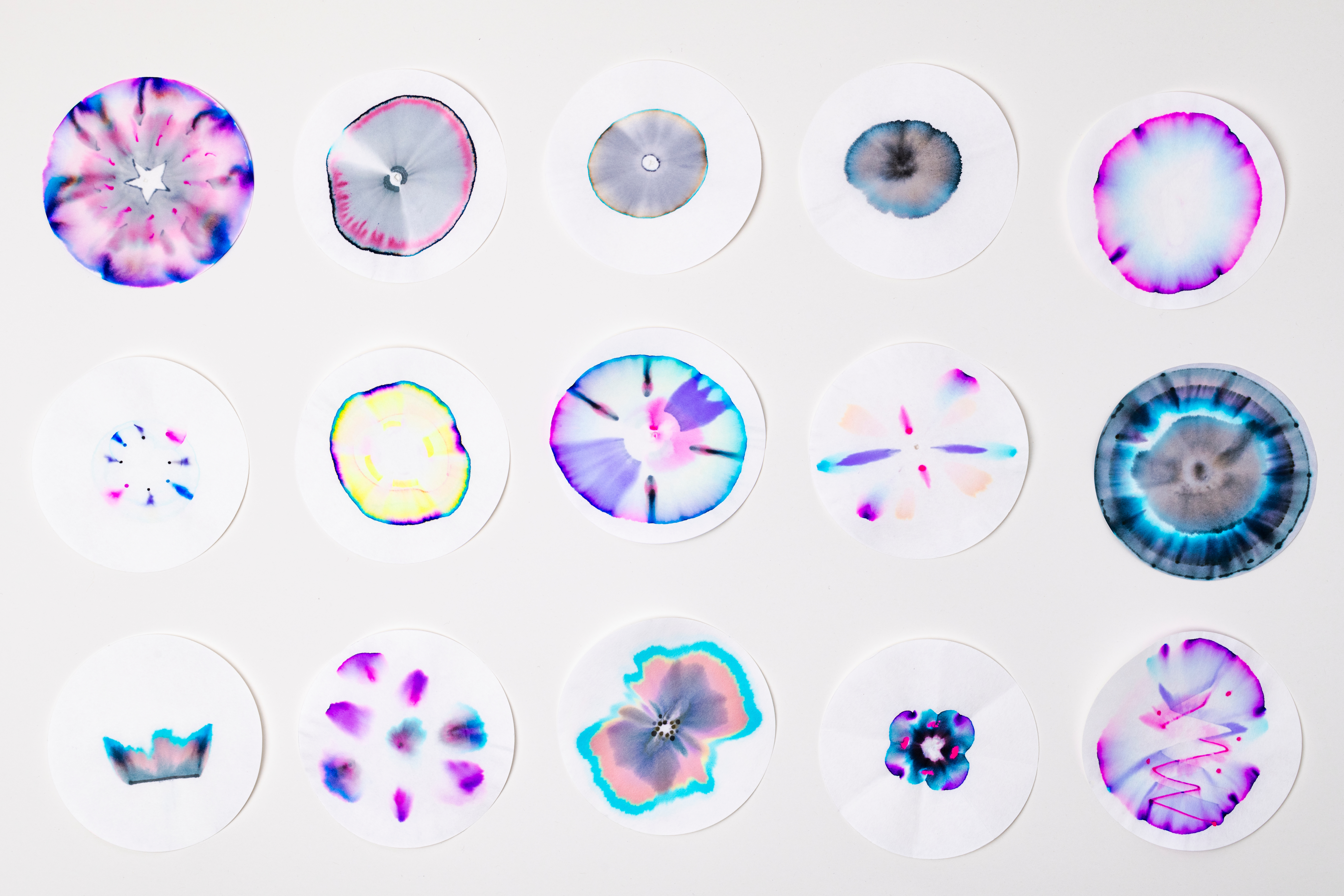The Science of Colours
Introduction
Have you ever wondered what colours are hiding inside your favourite markers? Chromatography is a scientific method used to separate mixtures, and in this activity, Scouts will explore how different ink colours are made. By using water and paper, they’ll reveal the hidden pigments inside marker ink and discover the science behind primary and secondary colours.
This is a fun STEM experiment that blends chemistry, art, and problem-solving.
What you'll need
- Coffee filters or paper towels
- Washable markers (a variety of colours and brands)
- Small cups of water
- Scissors
- Pencils or skewers (for hanging paper strips)
- Tape
- A tray or plastic sheet (to catch spills)
Before you begin
-
Discuss with the Unit:
- What are primary colours and secondary colours?
- How are different shades of ink made?
- Where else do we see colour separation in real life? (e.g. tie-dye, nature, food science)
-
Hypothesis:
- Predict which colours will appear when separating different ink colours.
- Will all brands of the same colour produce the same results?

Activity
-
Prepare the Paper Strips:
- Cut coffee filters or paper towels into thin strips.
-
Draw a Test Spot:
- Use a washable marker to draw a small dot near the bottom of each strip.
- Try using different colours and brands.
-
Set Up the Experiment:
- Fill a cup with a small amount of water (about 1cm deep).
- Attach the top of each paper strip to a pencil or skewer using tape.
- Hang the paper strip just above the water level so the ink dot is above the water.
-
Watch the Colours Separate:
- As the water travels up the paper, it will pull the ink upwards.
- Different pigments in the ink will separate, revealing hidden colours.
-
Record Your Observations:
- What colours appeared?
- Did some inks separate more than others?
- Did different brands of the same colour separate differently?

Change the challenge level
Easier:
- Focus on a few basic colours (black, blue, green) and observe what happens
- Work in pairs for younger Sections
Harder:
- Test different liquids (e.g. vinegar, rubbing alcohol) to see if they change the separation process
- Compare different brands of the same colour to see if the formulas vary
- Turn the results into an art project (e.g. chromatography butterflies)
Reflection
- Did the ink separate as expected? Why or why not?
- What colours were hiding inside different markers?
- Why do some inks separate into multiple colours while others don’t?
- How is chromatography used in real life (e.g. forensic science, food colouring, environmental testing)?


